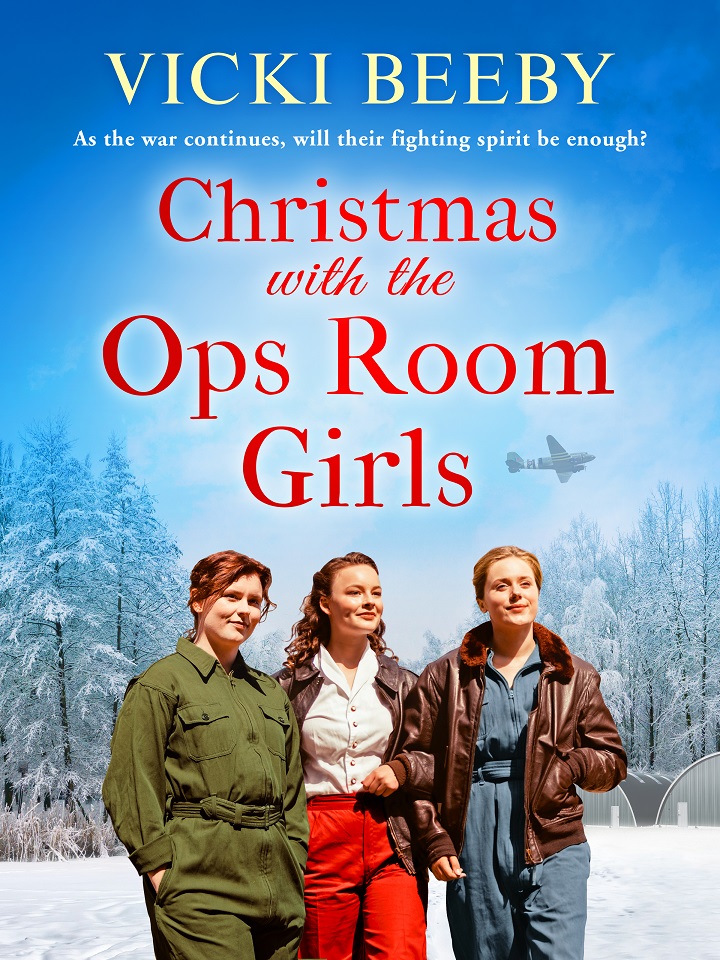Today’s #WritingWednesday tips come from historical fiction author Vicki Beeby as she talks about point of view. Thanks so much for stopping by Vicki, over to you …
Point of View
As someone who does only the most rudimentary planning before starting a novel, my first drafts are a big old mess and need several rounds of edits before they’re ready to send out. Once I’ve edited for consistency and character arcs, one of the aspects I examine more closely when on the polishing phase is viewpoint. In each scene I check that the writing is consistent with the character whose point of view (POV) the action is seen through. Below are the main things I look out for.
Think about the character whose eyes we’re seeing a scene through when writing a description. For example, one person might describe a car as old, sporty looking and white, another would say it was a Mark III Ford Capris 3.0S and someone else might say it looked like the car from the TV series The Professionals. They’re all descriptions of the same car, but different characters will perceive it differently. If they don’t know much about cars, they would probably use the first description; a car enthusiast the second. A younger person probably wouldn’t think of The Professionals, so the age of your character could also be a big factor in the associations they make when describing something. How you describe something depends upon your POV character’s perception, not your own.
Think about whose point of view you are in before describing emotion or sensation. The POV character will know probably how they are feeling, so you could just state if they are sad, cold, etc. However, you need to find another way to get emotion and physical feelings across for any character being observed by the POV character. Take this example: Jack walked into the pub and saw Kate standing by the bar. Kate was angry.We’re in Jack’s POV here, so how does he know Kate was angry? Rather than saying she was angry, I should have described what makes Jack come to that conclusion. She could be scowling, kicking the legs of her bar stool or perhaps he can hear what she’s saying that gives it away.
This is similar to the above point about emotion, but taking it a step further. How intuitive is your character? You can give the reader the clues about how a non-POV character feels, but does the POV character interpret them correctly? Again, that will depend on the character. Taking the example of Jack and Kate again, maybe Jack sees Kate slam her money down on the bar so hard it makes the drinks rattle. However, he’s so obtuse he doesn’t work out that she’s angry. Maybe he just thinks she’s a bit clumsy, even though the reader will have worked out Kate is fuming. How accurately a character interprets a situation depends upon their personality.
Don’t forget that imagery is also filtered through the POV character. For example the hero of my current WIP is a musician, so I’ve used musical imagery at times when writing from his viewpoint. It’s fine to describe him watching the heroine’s fingers tapping out arpeggios on the table top, whereas someone who wasn’t musical wouldn’t think that way. If a particular metaphor or simile isn’t right for the character thinking it, it has to go, however much you might like it.
I can’t write about point of view without mentioning head-hopping. If you’re not familiar with the term, it means skipping from one point of view to another in the same scene. While this isn’t necessarily wrong, you should always have a reason for doing so. When editing do check you haven’t unintentionally slipped into another viewpoint. The example with Jack and Kate in point 2 is an example of unintentional head-hopping. Always ask yourself whose eyes you are watching the scene through and check the point of view doesn’t suddenly switch unless you mean it to.
Thank you for the great tips, Vicki. xx
Don’t miss Vicki’s new release, Christmas with the Ops Room Girls:
When there’s so much to be afraid of, can May help bring festive cheer to the Ops Room?
After failing to help evacuee siblings whom she witnesses being separated, May wishes she’d had the confidence to speak up. When Jess suggests a pantomime to boost morale on the station, May is desperate to help – but is held back by her own insecurities.
With her low self-esteem also affecting her relationship with Squadron Leader Peter Travis, May is fed up with being her own worst enemy and decides to take charge of her destiny. But the past she ran from plus a crisis with one of the evacuees throw May into the midst of a drama that will test all of her newfound confidence.
May, Jess and Evie must work together once again to help each other through the challenges of war and of their own hearts.
This heartwarming WAAF saga is perfect for fans of Daisy Styles, Kate Thompson and Rosie Clarke.
Book Links: Amazon | Apple | Kobo
Discover more about Vicki and the Ops Room Girls series here.
About the author:
Vicki Beeby writes historical fiction about the friendships and loves of service women brought together by the Second World War.
Her first job was as a civil engineer on a sewage treatment project, so things could only improve from there. Since then, she has worked as a maths teacher and education consultant before turning freelance to give herself more time to write.
In her free time, when she can drag herself away from reading, she enjoys walking and travelling to far-off places by train. She lives in Shropshire in a house that doesn’t contain nearly enough bookshelves.
Discover more about Vicki Beeby (who also writes as Tora Williams) and her work here: Facebook | Twitter | Website | Apricot Plots





Great tips. I am so guilty of head hopping.